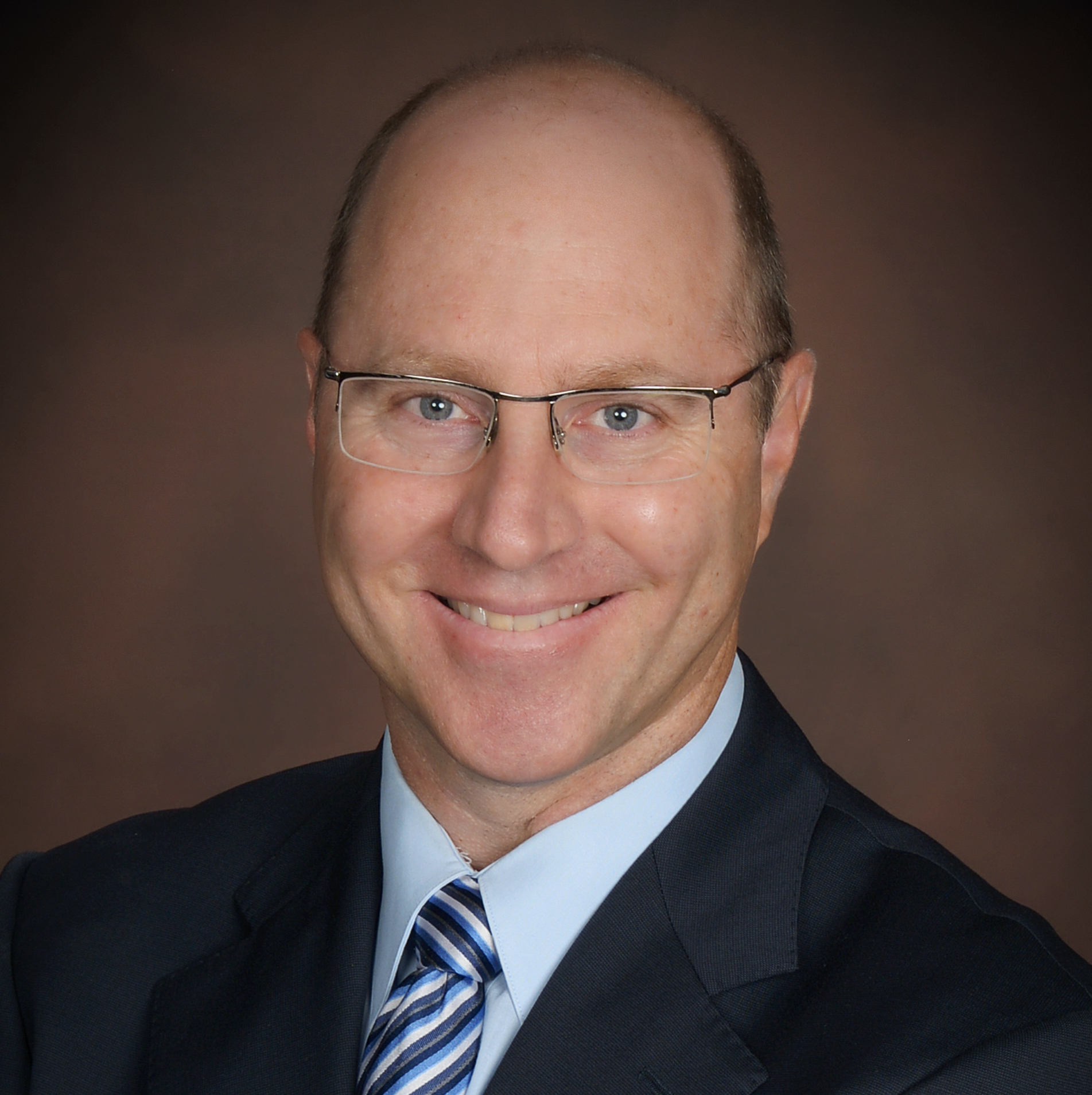Insights into the editing of the human genome: where can novel non-viral polymeric delivery agents take us
Cell & Gene Therapy Insights 2022; 8(8), 1005–1013
DOI: 10.18609/cgti.2022.149
Charlotte Barker, Editor, BioInsights, talks to Tom Foti, Group Leader for Plasma Engineering & Production &, Kris Saha, Associate Professor of Biomedical Engineering, Medical History and Bioethics, University of Wisconsin
Read the the interview below or listen to the podcast here.
If you enjoyed this episode, you can listen to all episodes from The BioInsights Podcast wherever you normally get your podcasts.
Follow the Podcast to make sure you don't miss the next episode.
Kris, tell us about the work you are doing in your lab and in particular, your associations with the NIH Somatic Cell Genome Editing Consortium (SCGE), and with the University of Wisconsin Health Program for Advanced Cell Therapy (PACT)
KS: My lab is focused on developing new cell and gene therapies, namely using new genome editing tools. We are situated at the University of Wisconsin (UW), Madison, in a multidisciplinary center called the Wisconsin Institute for Discovery. We take advantage of fantastic resources on-campus, from clinical partners, science partners, engineering partners, manufacturing partners, and the rich ecosystem of the Madison biotech community.
One of our principal ideas is manufacturing genome editors in a more streamlined fashion, as a plug and play platform technology. We can program it to various parts of the genome safely and with high potency, within either a cell that we are manipulating outside the body, or within a tissue inside a patient.
Currently, many of the challenges have been how to deliver these types of genome editing machinery, namely clustered regularly interspaced short palindromic repeats (CRISPR), into the right cell at the right time with the right effect. Thus far, these have been very large molecules, in terms of drugs that we would like to administer. There is a large challenge in terms of delivery of these components into the cell. Engineers and biologists have traditionally used engineered viral vectors to deliver these types of large proteins, RNA, and DNA, which has plenty of advantages.
Our approach in my lab has been to look for alternatives that could avoid the use of viral vectors. Much of our work thus far has been to use engineered proteins, RNA, and DNA, without any viruses, such that we can deliver them into blood cells, T cells, natural killer (NK) cells, and stem cells to enable genome edited cell products that can be infused into a patient.
The other part of the lab has been thinking about packaging proteins, RNA, and DNA into non-viral systems such as nanoparticles made from polymers and other synthetic components, such that they can travel in the bloodstream to a particular tissue and deliver the genome editing payload. For example, upon injection into either the brain or the back of the eye, they hit the right types of neurons or other supporting structures that would produce a therapeutic effect.
This work is an approach that requires team science. We leverage work in the field by colleagues and collaborators. We talk to clinicians and industry, including biologists and geneticists often. One of the exciting parts of working in this field is being able to be multilingual in many different disciplines and being able to learn from others thinking about these challenges from a different discipline and perspective.
Both efforts have been leveraging work with two federally funded national centers. One is the Center for Cell Manufacturing Technologies (CCMT), supported by the National Science Foundation (NSF), and headed primarily at Georgia Tech, and here at Wisconsin. We have industry partners and the primary goal is to bring together the right type of team, involving clinicians, engineers, and biologists to manufacture higher quality and safer genome edited cell therapy products.
The second national center is the Somatic Cell Genome Editing Consortium (SCGE) funded through the National Institute for Health (NIH). This is focused primarily on delivering genome editors into the body in vivo such that cells are directly edited without removal. The consortium has a rich set of collaborators across the country and has almost completed Phase 1 of its support. It will be launching into phase 2 of the support next year.
What has Aldevron done to support Kris’ work? How have both parties benefited from that?
TF: We have enjoyed a rich relationship from an innovation standpoint with Kris for at least five years at UW, through Aldevron’s site in Madison. The way Aldevron thinks about genomic medicine is that we want to manufacture DNA, RNA, and proteins, both at research stage to collaborate with scientists like Kris, but also as we translate those basic research protocols to a potential clinical setting. Kris and others in translational medicine roles at universities can then continue to progress their research in a coordinated way with high-quality reagents all the way to the clinic.
We collaborate with Kris with research tools we provide, both on the DNA side, working on a Nanoplasmid™ vector project, and on the protein side we have been delivering CRISPR nucleases. We benefit from this type of collaboration as innovation defines our future as one of the values of Danaher. We need to innovate not just internally, but also with universities such as UW. We are looking forward to continuing to see Kris’ work translate into the clinic and hopefully to curative therapies.
The SCGE has goals around gene editors, delivery technologies, methods for tracking edited cells in vivo, and developing new animal and human models. Which of these do you see as the biggest challenge and why?
KS: Delivery is a big challenge and has been a primary focus of Phase 1 of the consortium. There was a saying in the field that the three major problems are delivery, delivery, delivery. There has been fantastic progress, for instance hidden delivery with genome editors is in many ways a solved problem. However, there are many other diseases and disorders out there that affect the brain, the eye, and complex tissues like the heart. There is room to be able to deliver, not only the traditional nucleases but some exciting new editors that have been developed, such as base editors, prime editors, and mitochondrial editors. The delivery challenges for each of those is unique.
One of the interesting ideas that we are playing with within the consortium is how to make these different components of a drug – the delivery system and the editor – work as a platform. Once we spend significant effort to deliver something to the back of the eye for instance with high efficiency and good safety, how hard is it to take that same delivery system and change the editor to hit a different target?
Phase 1 has been primarily focused on making new tools. We will release a toolkit that releases the data publicly to researchers who want to hit a particular cell type in the body for a specific indication. In theory, they would be able to identify a delivery system and editor that could be combined relatively straightforwardly, and the toolkit will allow them to edit that cell type in a therapeutic fashion. We have some exciting projects in the kidney, brain, heart, and lungs that will be eventually released in the toolkit.
The next phase is having an impact in the clinic. There, the work with companies like Aldevron and Danaher is essential, because to do this type of work in an academic setting is challenging. It is resource-intensive, and requires reagents, expertise, and collaboration with industry. The SCGE consortium in Phase 2 is going to invest many resources to attempt a few home runs in the clinic, including proof of principle strategies that the field can point to as trailblazing in getting to an Investigational New Drug Application (IND). That is going to drive innovation on the delivery side, as well as innovation in manufacturing and regulatory science to allows us to have that type of impact in the clinic.
Tom, where would you see the role of industry in tackling some of those challenges Kris has highlighted?
TF: One of the reasons that we have had such a good relationship with Kris and his lab, and others in academic settings, is that we want to enable these researchers to realize their dreams for curative therapies.
Kris was talking about platform manufacture solutions as they relate to developing a curative therapy. There are roughly 8,000 monogenic diseases that could potentially be treated by these curative therapies. The idea with genome editing is to try and create something versatile. Part of the reason we have a great relationship is we have a good alignment over the vision of what we are trying to do. We cannot do it ourselves but coming together we can do amazing things.
We view the scientific problem in different stages. We have the actual high-quality reagents. As an industry leader in genome editing, we are trying to solve the challenges in delivery. Precision NanoSystems, a Danaher company, are collaborating technically with Kris’ team to be able to deliver either ribonucleoprotein particles (RNPs) or mRNA to specific tissue types, with specific cargo. We are making reagents that increase robustness on a consistent basis from a manufacturing and a quality standpoint, to enable Kris to translate this into the clinical setting.
One of the ways we as an industry partner help with that is on the quality and regulatory standpoint. We are trying to enable researchers by having drug master files for our reagents. When Kris and his team are filing Investigational New Drug Application (INDs) with the Food and Drug Administration (FDA) for a specific clinical trial, he can refer to Aldevron drug master files at the FDA to make his filings more streamlined.
KS: This is a complementary strategy. We work here with the Program for Advanced Cell Therapy (PACT) which is space in our hospital that can perform GMP-grade cell manufacturing. As a hospital, we are not here to treat hundreds of patients with a new product. Our role primarily is to show proof of concept, usually in a small-scale study and Phase 1 or 2. We want to then spin that out and work with industry to scale that up assuming its safety and efficacy.
We have learned the lesson from the CAR T field that you must spend significant time in that early-stage Phase 1 and 2. If you are able to find game-changing success, that can spur on a whole field, which has certainly been the case in CAR T. We see a lot of value in being able to learn from some of those first-in-human trials.
The resurgence of gene therapy now has taken that role seriously. At UW, even with the unique resource of PACT, we have a small regulatory team of a few people, whereas Aldevron and Danaher have hundreds of people with expertise that can help us move that early-stage technology manufacturing development into larger scales required for Phase 2 and 3.
Kris, what would you say is on the horizon for genomic medicine?
KS: We have a lot of momentum in both national centers, as well as in many cities like Madison, where industry is coming together with academia. Phase 2 of the SCGE is focused on clinical impact. There are several promising projects that I believe will get to an IND, likely in the next five years.
There is going to be a focus on figuring out ways to make platform technologies with genome editors to address rare diseases in a more efficient and streamlined way. There are more and more variants being identified, using recent advances in genomics, such as the report of the hundred-dollar genome a few weeks ago. Certainly, there will be more patients that find themselves with potentially new variants that could be the target of genome editing strategies.
The outstanding question that lies at the horizon of genomic medicine is – how do we assemble our tools and come together to be able to make potentially curative therapies for those types of individuals and patients in a streamlined way? Many would argue that the way that we are doing development now, where particular therapies end up costing hundreds of thousands of dollars, is something that is likely not sustainable for the entire US or even global population. There is going to be a lot of innovation there which I am excited to see.
Similarly, the CCMT is focused on clinical impact with clinical and industry partners. We are starting to put in in-line sensors during manufacturing to get almost instant readouts of quality that can help us tune the manufacturing process to make more of the right cell that potentially could be more potent and curative. Those are exciting prospects in addressing some of the quality and cost considerations for ex vivo gene edited products.
Aldevron recently became a Danaher company. Tom, what is Danaher’s role in advancing genomic medicine? What is on the horizon from your perspective?
TF: We are excited about the future. We have long participated in the cell and gene therapy world: Aldevron has been a leader in producing plasmid DNA, both at research-grade and GMP, and many of the current clinical trials in gene therapy use Aldevron-manufactured plasmids.
As we continue to think about how science has changed, we see that mRNA and proteins are equally important in trying to deliver the entire solution. We have been working on this for quite some time, and we have three platforms from research-grade to GMP. In August 2021, Danaher purchased Aldevron, which opened up a much larger horizon of tools for our use.
When we think about genomic medicine now and the vision of where we are going, Danaher has a genome medicine organizational structure in which Aldevron operates. We think about the value across the entire scientific chain from technologies enabling the original sequence of what you want to correct all the way to manufacturing for the patient in a fast and standardized way.
When we think about that continuum, we think about DNA, mRNA, and proteins. We can now think about guide RNA from Integrated DNA Technologies (IDT), that can help deliver in a ribonucleoprotein (RNP). We manufactured mRNA, so if you want to introduce a nuclease using mRNA to a target a specific tissue, we can help support those programs. Lipid nanoparticles (LNPs) are another of the delivery solutions, and the LNPs that are made by a Danaher company, Precision NanoSystems, allow for delivery of both mRNA and RNPs.
We also talked about fill and finish as an important component. After you get through Phase 1 and Phase 2 with clinical trials containing around 20 patients, if you want to convert that basic therapy into an FDA-approved therapy that can reach the masses, you need fill and finish capabilities and strong analytical platforms. Some of these analytical platforms are also Danaher companies, such as Beckman Coulter, Molecular Devices, SCIEX, and Phenomenex. All these analytical platforms can help for the release of GMP manufactured products, so that product quality and patient safety are always at the forefront.
Another thing that excites me about the future is research in rare diseases. Historically, pharma and industry have not focused on rare disease because from an R&D perspective, they were looking at bigger markets and bigger patient populations. The idea of platform curative therapies is possible with genomic medicine, and there are many universities thinking about N-of-1 programs, including Fyodor Urnov of the Innovative Genomics Institute (IGI) at University of California, Berkeley. We are excited about those types of programs also, because it is so difficult for families with children with rare diseases who do not get the support from industry versus bigger patient populations. The idea of curative medicines for rare diseases is enticing.
Affiliations
Tom Foti
Vice President, Protein Business Unit, Aldevron
Kris Saha
Associate Professor of Biomedical Engineering and Medical History and Bioethics,
University of Wisconsin
Authorship & Conflict of Interest
Contributions: All named authors take responsibility for the integrity of the work as a whole, and have given their approval for this version to be published.
Acknowledgements: None.
Disclosure and potential conflicts of interest: Dr Saha’s lab conducts sponsored research from Synthego and Spotlight Therapeutics. He has received royalties from from WARF and the University of California.
Funding declaration: The authors received no financial support for the research, authorship and/or publication of this article.
Article & copyright information
Copyright: Published by Cell and Gene Therapy Insights under Creative Commons License Deed CC BY NC ND 4.0 which allows anyone to copy, distribute, and transmit the article provided it is properly attributed in the manner specified below. No commercial use without permission.
Attribution: Copyright © 2022 Aldevron. Published by Cell and Gene Therapy Insights under Creative Commons License Deed CC BY NC ND 4.0.
Article source: This is a transcript of a recorded podcast, which can be found here.
Interview conducted: Jul 29 2022; Publication date: Sep 13 2022



